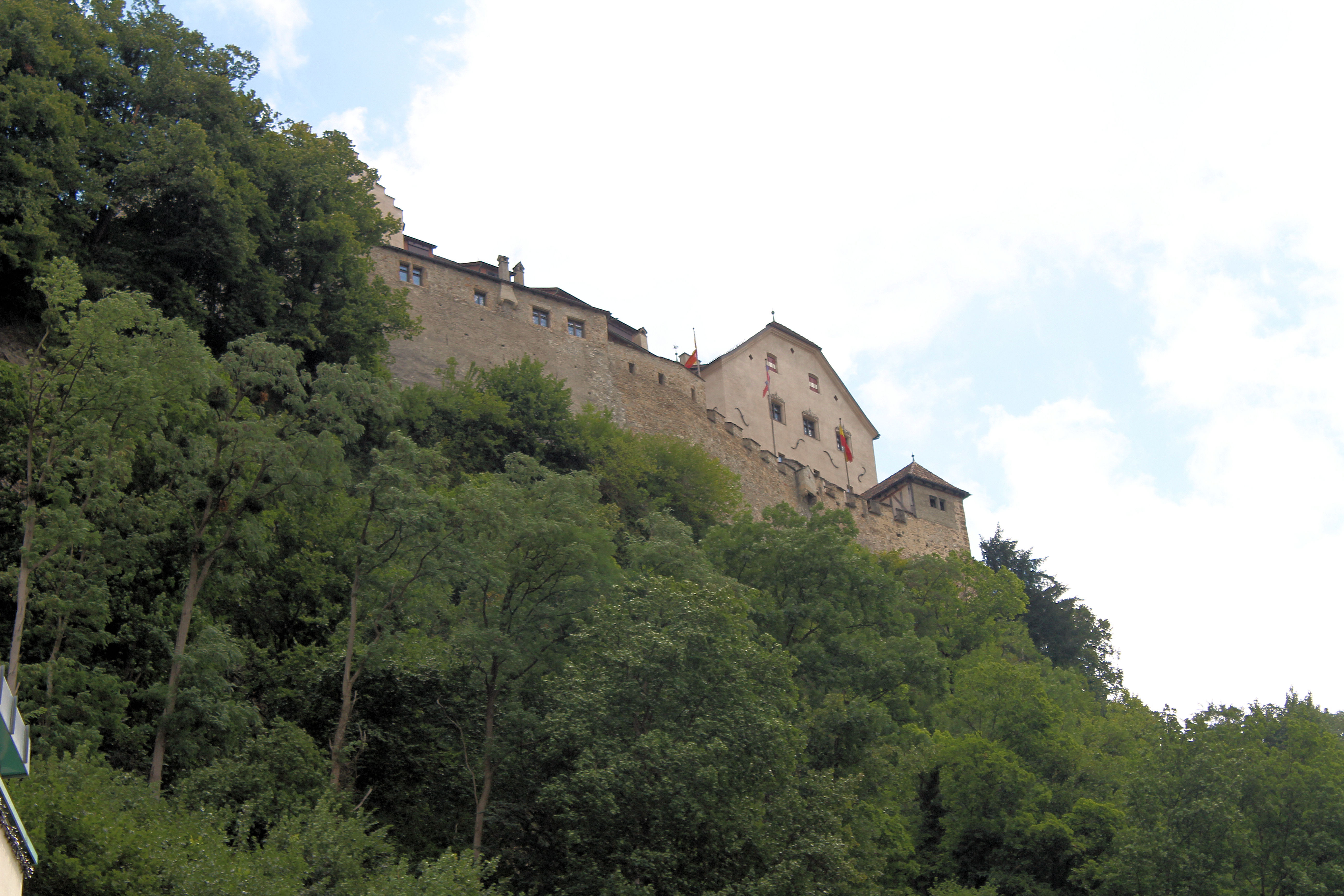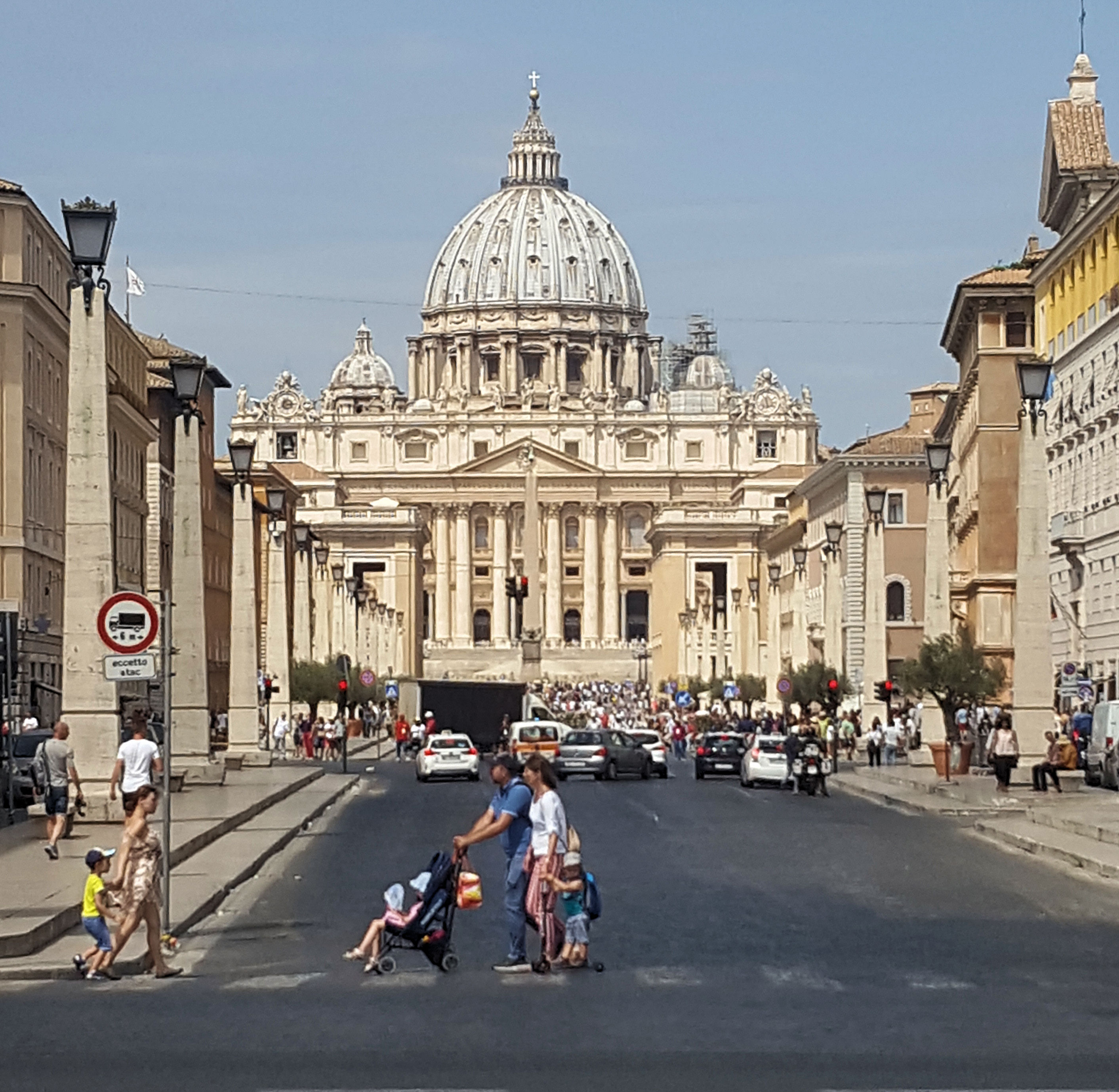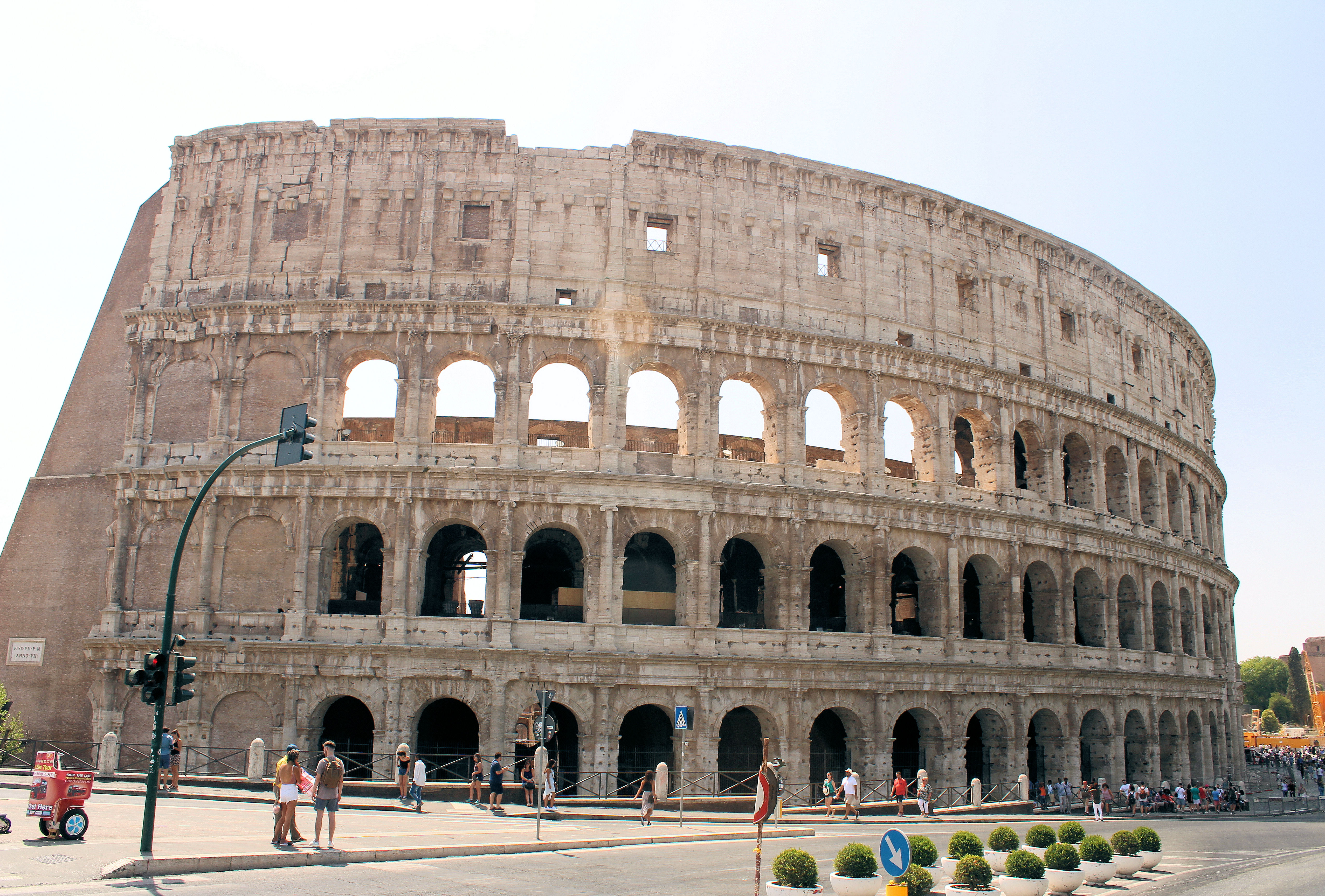Category: Europe
Europe
-
Liechtenstein

Liechtenstein The tiny Principality of Liechtenstein was on our agenda as part of a four-day bus trip through southern Switzerland. Our time was very limited as we had to stick to the bus trip’s timetable. The reasons for the stop seemed to be so that people could say they had been to the tiny country.… Read more
-
Vatican City and Saint Peter’s Basilica

Vatican City While visiting Rome we wanted to go to the Vatican City to see the great artworks there as well as Saint Peter’s Basilica. Research showed that the crowds in the Vatican Museums and Sistine Chapel could become overwhelming, so we chose to do an early entry tour with limited participants. We met our… Read more
